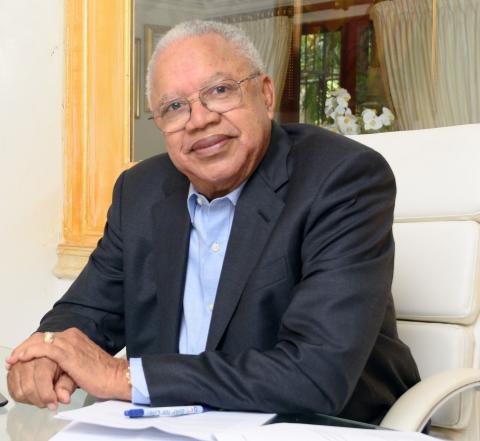
Life in the COVID-19 pandemic has taught us many lessons and ways to continue business and other aspects of life despite restrictions that prevented much physical interaction. Every aspect of life was affected, and some still continue to be.
The impact on the health and medical fraternity was felt in innumerable measure, and this includes the ability to continue teaching new students and providing continuing education, which is an important part of the profession. Remote online learning is not new but it has been used much more in the last year and a half throughout the education system.
Medical training is such that practical experience forms a major part of the requirements and is ideally suited for experiential learning that in many ways is an integral part of the medical practice. This is where the use of virtual reality (VR) can make a significant impact. VR is not new to healthcare, although its genesis was in the gaming industry. It has been adapted over time to suit the needs of the ever-evolving medical field.
WHAT IS VR
VR is a three-dimensional computer simulation that can include various images within a complete environment. Once within that world, a person can fully interact with the elements therein as though they are also a part of the created environment. This is what makes it perfect for the medical industry, in addition to the fact that there can be multiple users working together, and directly interacting with each other, within the created environment, but without having to be in the same location.
VR in healthcare is becoming more of an option as the world changes to include enhanced remote communication and exchange of knowledge. It can be fully immersive, which means one can simulate a full lesson that mimics reality and an actual classroom situation.
VR can facilitate remote learning, especially of technical issues in healthcare. Through VR, for example, students can view a three-dimensional model of organs in the body and do mock surgeries on them in the created environment. The simulation can be so accurate that it would be close to the same experience as the real thing. This is useful for safe and practical introduction to technical topics and as a teaching tool for medical students learning about the body.
Fortune Business Insights, in their report titled ‘Virtual Reality in Healthcare Market’, indicated that “the global virtual reality in healthcare market size stood at US$1.56 billion in 2018 and is expected to reach US$30-40 billion by 2026, exhibiting a compound annual growth rate (CAGR) of 42.4 per cent”. The forecast for the continued and increased use of VR is great, especially with the current environment where the use of technology in health is on the increase.
OTHER WAYS
Outside of teaching, there are other ways in which VR can be applied to the medical field.
The use of VR in surgical procedures and as a diagnostic tool is expected to increase as the technology becomes more pervasive. VR can be used to assist with surgical procedures, especially those of a technical and difficult nature that require a high level of precision. In one study, VR was used to allow a physician and radiologists to ‘look through’ a patient’s blood vessel to insert a catheter.
This research, conducted by the University of Washington Medical Center, “demonstrated how a catheter with electromagnetic sensors could be steered by the physician using this VR technology. Radiologists use imaging techniques to manoeuvre catheters through blood vessels to precisely treat patients with blood clots, strokes, cancer, and various other conditions. Using this VR platform, the average time it took physicians to reach targeted blood vessels was much lower than in the traditional X-ray method, known as fluoroscopy.” Radiologists later confirmed that the use of VR made the “treatment simpler, more precise, and efficient. Physicians also said they felt greater confidence in the procedure while using VR.” ( www.docwirenews.com).
There are several other cases for VR technology in healthcare that can enhance various processes and improve patient care. With time, the expectation is that VR will become an integral part of routine healthcare delivery.
- Doug Halsall is the chairman and CEO of Advanced Integrated Systems. Email feedback to doug.halsall@gmail.com and editorial@gleanerjm.com
Published: Saturday | July 3, 2021 | 10:23 PM
https://jamaica-gleaner.com/article/news/20210703/doug-halsall-virtual-r...

